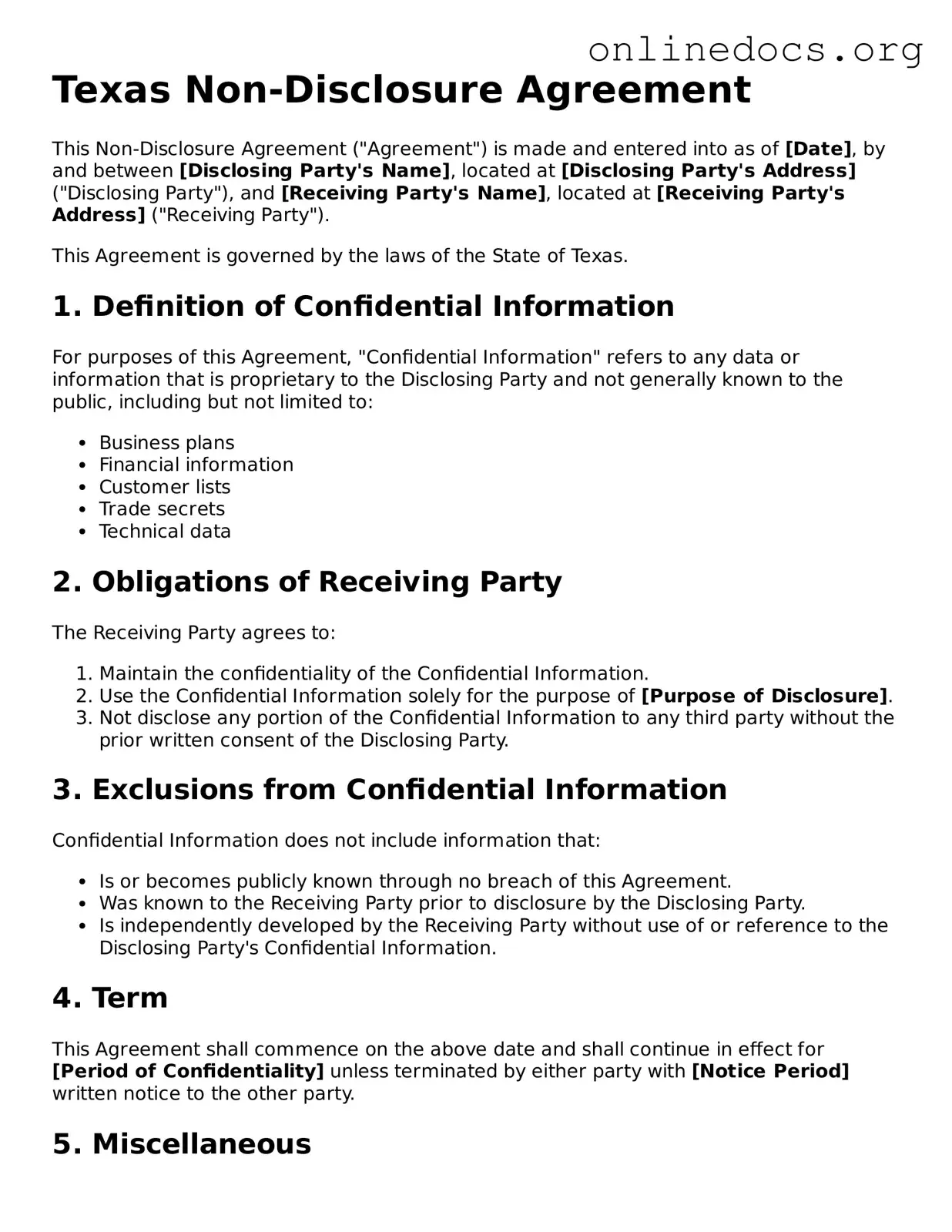A Confidentiality Agreement serves a similar purpose to a Non-disclosure Agreement (NDA). Both documents aim to protect sensitive information from being disclosed to unauthorized parties. The key difference lies in their usage; while an NDA is often used in business contexts, a Confidentiality Agreement can also apply to personal situations. For instance, if friends share private information, they might use a Confidentiality Agreement to ensure that their conversations remain private.
A Non-compete Agreement is another document that shares similarities with an NDA. While an NDA focuses on protecting confidential information, a Non-compete Agreement restricts an individual's ability to work in competing businesses for a certain period after leaving a job. Both agreements help safeguard a company’s interests, but they do so in different ways—one by protecting information and the other by limiting competitive actions.
For those involved in the sale or transfer of a trailer, it is essential to have a clear understanding of the documentation needed for a smooth transaction. A well-prepared Trailer Bill of Sale form is crucial as it not only serves as proof of purchase but also outlines the details necessary for both the buyer and seller. To gain further details about this form and its implementation in California, you can refer to legalformspdf.com.
A Mutual Non-disclosure Agreement is closely related to a standard NDA but involves two parties sharing confidential information with each other. In this scenario, both parties agree to keep each other's information secret. This document is particularly useful in joint ventures where both parties need to share sensitive data while ensuring that neither party misuses the information.
An Employment Agreement often includes confidentiality clauses similar to those found in NDAs. This document outlines the terms of employment, including responsibilities, compensation, and the handling of confidential information. By incorporating confidentiality provisions, it ensures that employees understand their obligation to protect sensitive company information during and after their employment.
A Service Agreement may also contain confidentiality provisions akin to those in an NDA. This document outlines the terms under which services are provided, including payment, deliverables, and confidentiality obligations. By including confidentiality clauses, it ensures that service providers understand their responsibility to protect any sensitive information they may encounter while fulfilling their contractual duties.
